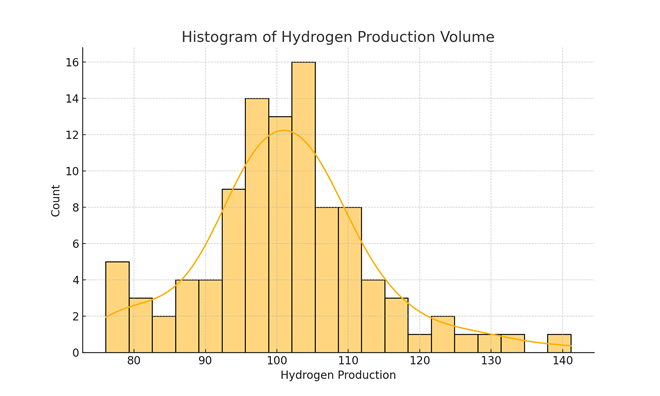Introduction
As the world transitions to sustainable energy sources, optimizing hydrogen production becomes increasingly important. Artificial intelligence (AI), especially machine learning (ML), offers powerful tools for analyzing production data and improving efficiency. This article explores how logistic regression can predict hydrogen production outcomes using data from a previous experimental study.
The Role of AI in Green Hydrogen Production
Hydrogen is vital for decarbonizing sectors that are difficult to electrify. Green hydrogen, produced through electrolysis powered by renewable energy, presents both opportunities and technical challenges. AI can optimize hydrogen production by improving energy input management and enabling predictive maintenance for electrolyzers. Machine learning models, such as logistic regression, help uncover complex relationships among input parameters, enhancing production efficiency and reducing energy consumption.
The Dataset
This post uses a dataset from an experiment on green hydrogen production via alkaline electrolysis powered by solar energy 1. The dataset includes 100 observations and the following variables:
– Voltage (V)
– Current (A)
– Irradiance (W/m²)
– System efficiency (%)
– Hydrogen production volume (mL)
The binary classification task is to predict whether hydrogen production exceeds 81 mL.
Data Preprocessing
To prepare the data for modeling, the following steps were taken:
– Outlier Removal: Using the Interquartile Range (IQR) method.
– Binary Target Creation: Labeling production >81 mL as 1, otherwise 0.
– Train-Test Split: Dividing the dataset with an 80-20 ratio.
– Feature Scaling: Normalizing input features for balanced training.
Visualizing the Data
Histogram of Hydrogen Production Volume
Scatter Plot: Voltage vs. Hydrogen Production
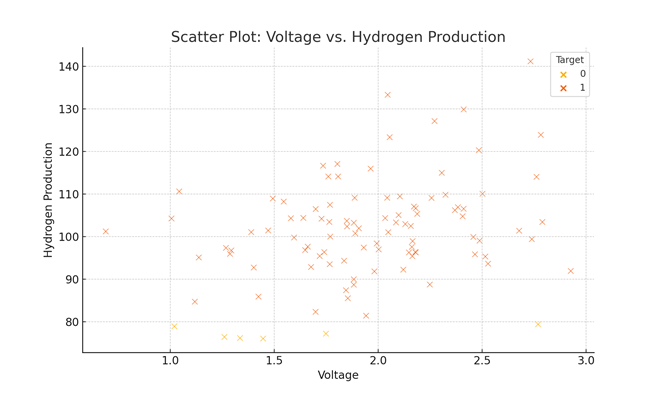
Box Plot: Irradiance vs. Binary Target
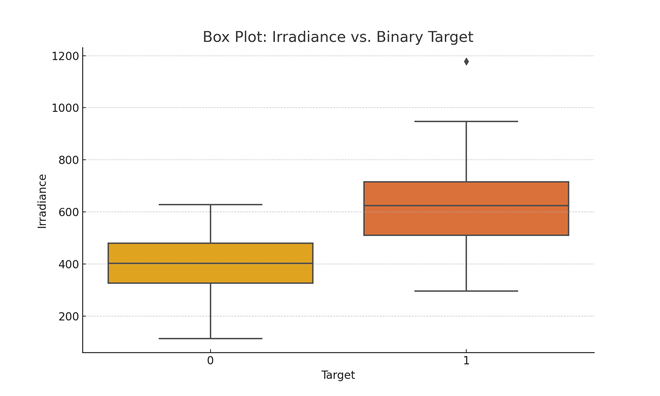
Correlation Heatmap
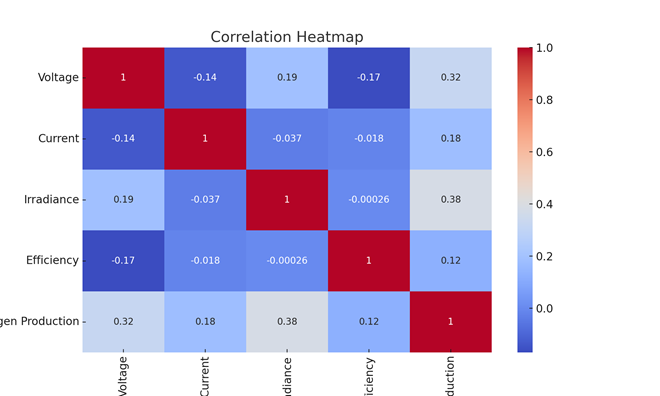
ROC Curve
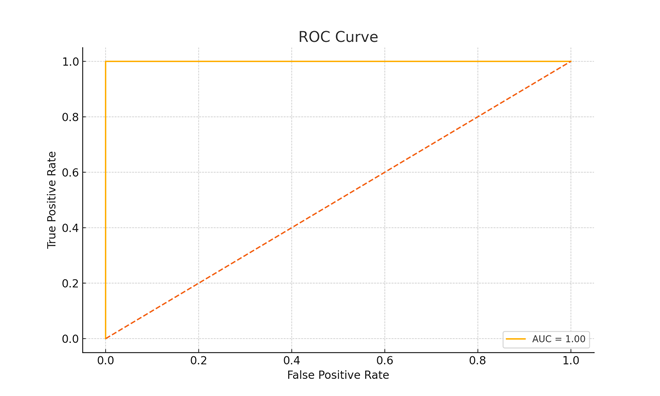
Feature Importance Bar Chart
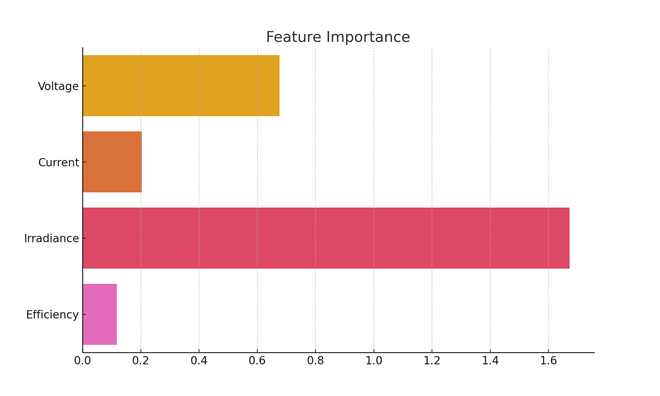
Modeling with Logistic Regression
A logistic regression model was trained with adjusted class weights to address class imbalance (40% above threshold, 60% below). Hyperparameter tuning via cross-validation improved model performance, and feature selection increased interpretability.
Model Evaluation
– Accuracy: 80%
– Precision: 87.5%
– Recall: 77.8%
– F1 Score: 82.4%
– AUC Score: 0.85
Feature Importance
Voltage, current, and irradiance emerged as the most influential predictors for high hydrogen production. While system efficiency showed moderate correlation, it had less predictive impact in the logistic regression model.
Comparison with Other Models
Random Forest and Support Vector Machines (SVM) were also tested. Random Forest achieved slightly higher accuracy, but logistic regression was preferred for its interpretability and lower computational cost, which are advantageous in real-time industrial applications.
Implications for Green Hydrogen Production
– Parameter Optimization: Fine-tuning voltage, current, and irradiance can maximize output.
– Predictive Maintenance: Early detection of production drops enables proactive interventions.
– Efficient Resource Allocation: Identifying key drivers enhances system planning.
– Scalability: ML models can be adapted to larger datasets and industrial-scale systems.
– Energy Efficiency: AI-optimized control reduces unnecessary energy consumption.
Challenges and Future Directions
Despite promising results, deploying AI in industrial hydrogen production involves challenges such as real-time monitoring, integration with legacy systems, and data availability. Future research should explore deep learning, hybrid physical-statistical models, and AI-driven control systems to further enhance efficiency.
Conclusion
This post illustrates the potential of AI, particularly logistic regression, in improving green hydrogen production. By leveraging machine learning, industries can enhance sustainability, reduce operational costs, and contribute to global decarbonization. Integrating AI into hydrogen production workflows is a key step toward a cleaner energy future.
Reference
1 – Palhares, D. D. F. (2016). Produção de hidrogênio por eletrólise alcalina da água e energia solar [Master’s thesis, Universidade Federal de Uberlândia]. Programa de Pós-Graduação em Engenharia Química.


